How do voltage detectors work?
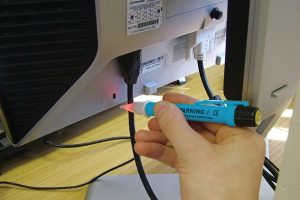
As the name suggests, non-contact voltage detectors can be used without them needing to touch the electrical supply and, instead, flash or beep when near a power source.The sensitivity of a voltage detector is dependent and sometimes changeable.
To learn how to adjust sensitivity, see: How to use a voltage detector?
Electric Fields
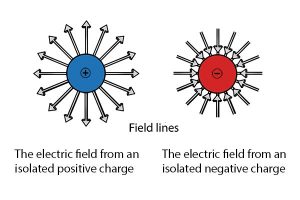
Voltage detectors do not actually detect voltage, but instead electric fields. Electric fields are created by voltage and the two have a causal relationship, which means that the higher the voltage, the greater the electric field. Magnetic fields are created by the current and have the same relationship as electric fields and voltage.

Electromagnetic waves are emitted from sources with a voltage and this is what the non-contact voltage detector senses.
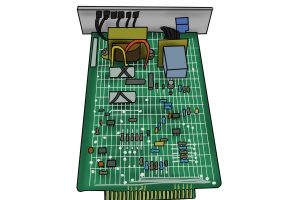
The internal circuit of a non-contact voltage detector leads to a sensor which is positioned in the tip of the tool. When the electromagnetic waves hit the sensor a signal is sent through the circuit which turns on the light and/or buzzer.
Batteries

Non-contact voltage detectors are powered by batteries, usually one or two AA or more likely AAA.
Indicators on voltage detectors
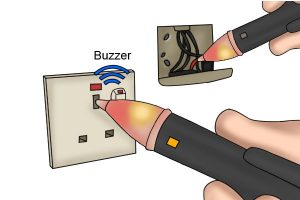
When the device detects a hot wire, it will indicate this with either a light, a sound or both. The lights can vary in colour (generally favouring red) and the sound will most likely be a chirping or beeping noise.

It is beneficial to have a model which features both indicators because the light may not be visible in bright conditions and the noise may not be as effective in noisy environments. These flaws, however, can make these types of tools difficult to use outdoors.
Limitations of non-contact voltage detectors

The electromagnetic fields that voltage detectors sense can often be picked up from sources other than the item you are testing, which means they’re not completely reliable. They can, in fact, be set off by static, so rubbing the device against your hair will register as voltage.
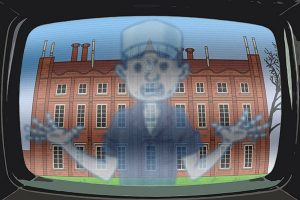
When testing a wire, depending on the sensitivity, there may be interference from wires, TVs and other appliances, as well as different circuits, people and even, some believe, ghosts.

Speaking of ghosts…Some of these stray signals picked up by the non-contact voltage detector could be ‘ghost voltages’. These are low levels of voltage left after the main voltage has been removed. So you could still detect a small amount of voltage after you have removed a light bulb from a circuit, for example.

This also applies in the reverse – sometimes the detectors will not detect a live source – this is thought to be mainly due to multiple signals cancelling each other out or a faulty tool. Remember to test the device on a known source before beginning any task.






